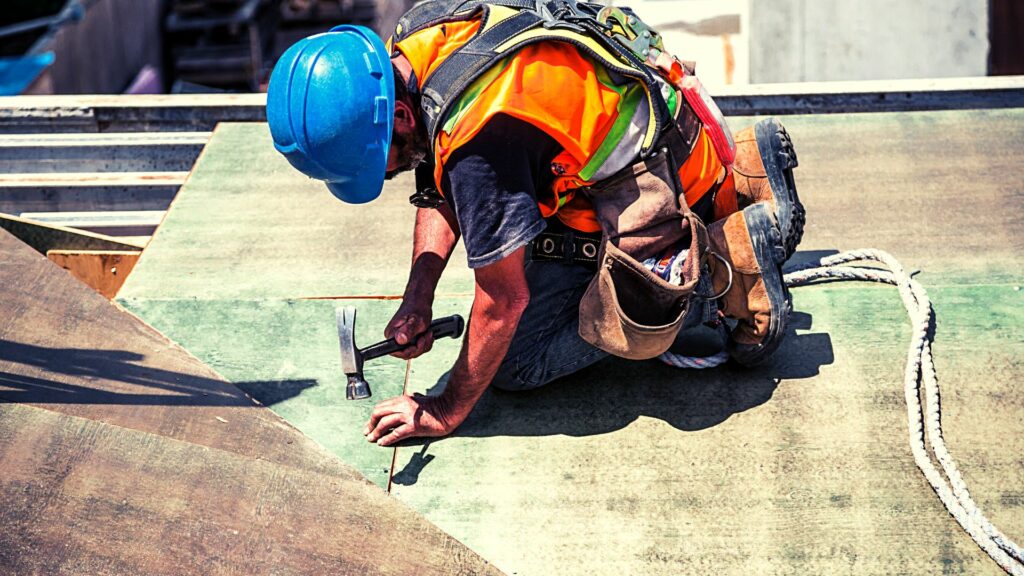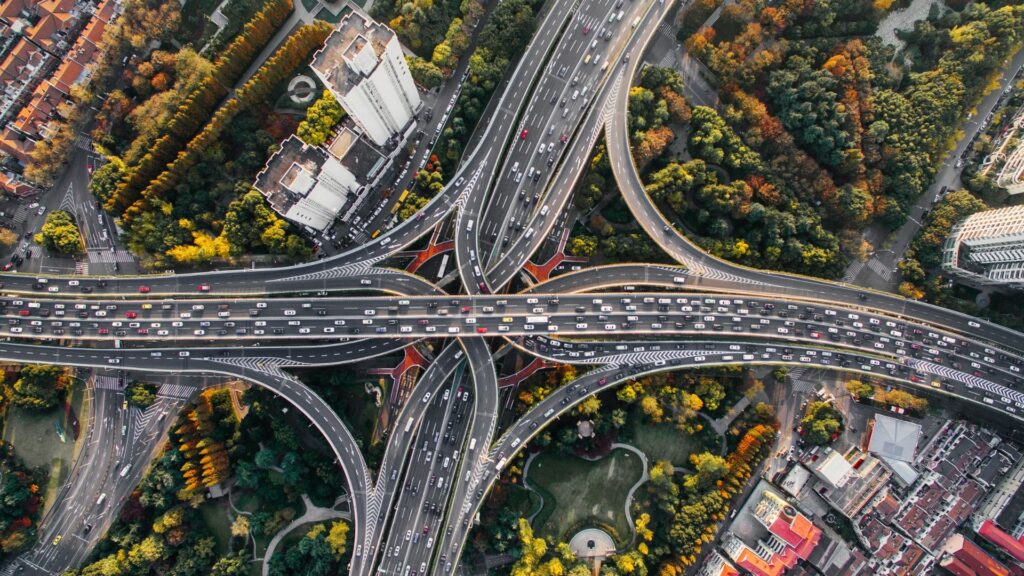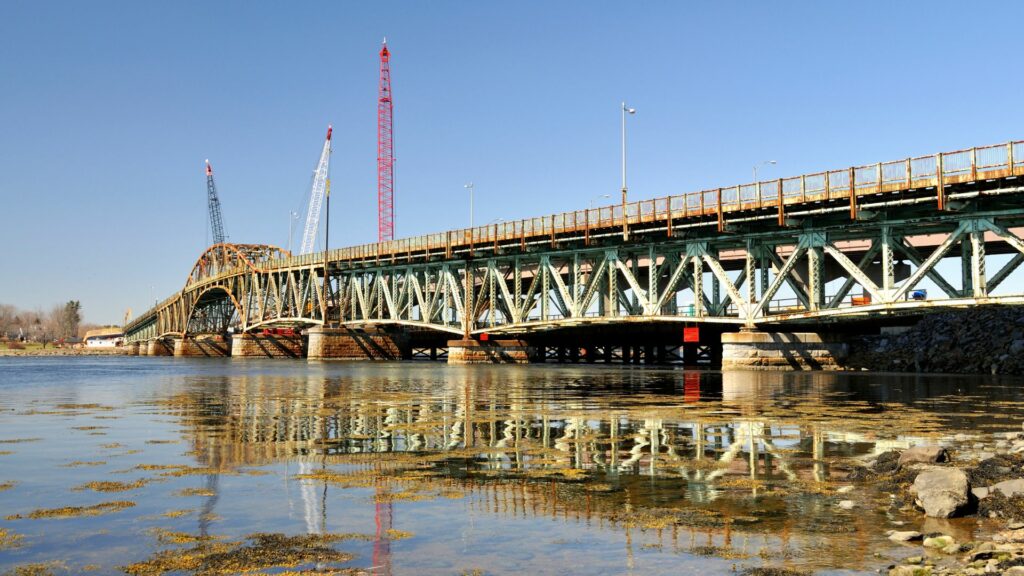The infrastructure worldwide is aging, and there is nothing graceful about it. Engineers and infrastructural experts are pushing for renewed policies to overhaul aging infrastructure.
Aging infrastructure has put a worldwide strain on the resources needed to provide humankind with needs such as electricity and clean water.
This article will discuss aging infrastructure, modernization, and the impacts on the built environment.
Table of Contents
What is aging infrastructure?
According to the Corps of Engineers, aging infrastructure refers to any water resources development, storage, irrigation, or federal agency project older than 75 years. Water, energy, and transportation utilities globally are at risk of failure and lack environmental compliance.
Aging infrastructure is a global challenge amplified by the intensifying natural disasters and the fact that we have an aging workforce. All these issues continue to highlight the adverse effects of climate change on our infrastructural systems and call for significant investment in improving the resilience of the world’s built environment.
The need to invest in restoring aging infrastructure is greater now than ever. There is an urgent need for utilities to become more resilient in their services and invest more in facilities to supply, treat, convey and store water.

The onus is on water, energy, and transportation utilities to integrate data analytics and technologies in their operations to improve decision-making. The hope is that integrating data and technology in utilities’ operations will help reduce cost inefficiencies while driving system investments.
The risk carried by aging infrastructure is a chief concern for water, energy, and transportation utilities globally. However, according to the 2021 Strategic Directions Water Report, these utilities can mitigate these risks with innovation in operations, strategy, and even funding.
Suffice to say, utilities are very aware of the risk posed by aging infrastructure. The challenge seems to be in evaluating and managing risk. Utilities are tasked with assessing risks and determining when to rehabilitate, repair or replace assets.
Maintenance
The pressure on utilities to increase resilience mounts daily, and companies need to rethink their risk management strategies and find innovative ways to manage aging infrastructure and the associated risks. Deteriorating equipment and assets must be replaced as soon as they are discovered.
Primarily, the maintenance of infrastructure should start with the following questions:
- What is the current state of the assets?
- What is my required “sustainable” level of service?
- Which assets are critical to sustained performance?
- What are the minimum life-cycle costs?
- What is my best long-term funding strategy?
The first three questions paint a clear picture of the infrastructure makeup. These questions tell utilities what asset is located where and how critical to service delivery. The last two questions serve to drive strategic planning and help develop management and maintenance strategies.

Increasing risks
Environmental factors and design can increase the risk of infrastructure aging. These factors could be either physical or chemical and human interference. Soil movement and changes in underground pressure can accelerate aging. Construction may increase the vulnerability of infrastructure over time.
Some design practices could be culprits in the aging of infrastructure. For instance, the shift to non-redundant bridge designs in the 1950s and 1960s may have created inflexibilities that limited maintenance options if materials were weakened. On the other hand, some infrastructures have remained flexible despite age, such as the NYC transit system.
Risks are constantly evolving, and utilities may find it hard to keep up. Old hardware is often replaced with digital systems, opening infrastructure to potential new threats. Digitalization is essential, but it does not always mean less risk.
Risks are increasing because global supply chains are getting more interconnected. Climate change and the associated extreme weather events pose a significant maintenance challenge for energy, water, and transportation utilities.
Summary
Due to climate change, age, and human interference, the world’s infrastructure is aging. There is a pressing need for significant investment in improving utilities’ resilience to preserve water, energy, and transportation infrastructure for future generations. This can only be achieved by integrating data analytics and energy in utilities’ operations to inform decision-making in construction.

